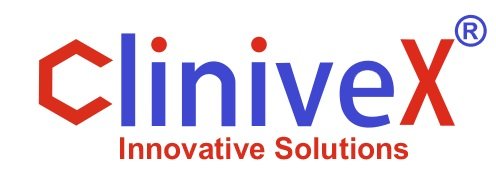A Laboratory Guide to HPLC Applications in Food Quality Control

The foundation of modern food quality control is thought to be High-Performance Liquid Chromatography (HPLC). Labs can isolate, identify, and measure components within complicated food matrices thanks to HPLC, which is renowned for its accuracy and dependability.
This effective strategy is essential for maintaining food standards because it not only ensures safety and authenticity but also confirms nutritional value and regulatory compliance. Additionally, the accuracy and consistency of HPLC results are further enhanced by the use of high-quality reference standards, which offer a trustworthy foundation for validation and comparison.
In this blog, we will explore core HPLC applications with a practical lens, offering insights for laboratories aiming for accurate, consistent, and scientifically sound results.
Regulation in Quality Control in the Food Industry
Food safety plays a vital role in protecting public health, which is why the food industry is subject to strict regulations. As a result, food products have to adhere to stringent rules on pollutants, nutrients, food additives, etc.
HPLC stands out as a vital tool in this mission, thanks to its exceptional sensitivity, specificity, and reproducibility. It allows the detection and quantification of substances at very low levels, which is essential to meet the maximum tolerated limits established by national and international legislation.
By precisely identifying water-soluble (B-complex, C, folic acid) and fat-soluble (A, D, E, K) vitamins using UV, fluorescence, or mass spectrometry detection, HPLC contributes significantly to food control.
Accurate analysis, essential for nutritional labelling and verifying claims about fortified foods, is made possible by certified reference materials suppliers, who ensure reliable calibration and quality assurance through high-quality, validated standards.
Contaminant and Residue Detection
The detection of pollutants and residues, including poisons, pesticides, and antibiotics, is another crucial use. The gold standard for this kind of study is HPLC combined with mass spectrometry (LC-MS/MS), which makes it possible to find substances like aflatoxins, ochratoxin A, and veterinary medication residues in meat, milk, honey, and eggs.
The sensitivity of HPLC-MS allows for quantification limits below parts per billion (PPB), essential for meeting standard requirements and ensuring consumer safety. Moreover, the identification of emerging contaminants, including pharmaceutical residues in water and food, has been successfully carried out by HPLC.
Conclusion
In the end, HPLC is an indispensable tool in food quality control, allowing the presence of nutrients, contaminants, additives, bioactive compounds, and signs of adulteration to be assessed with high precision and reliability.
 info@theclinivex.com
info@theclinivex.com  +1 (877)-861-1996
+1 (877)-861-1996 


